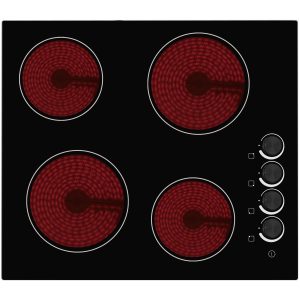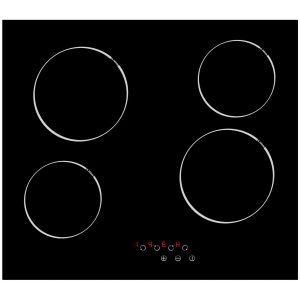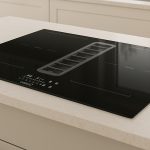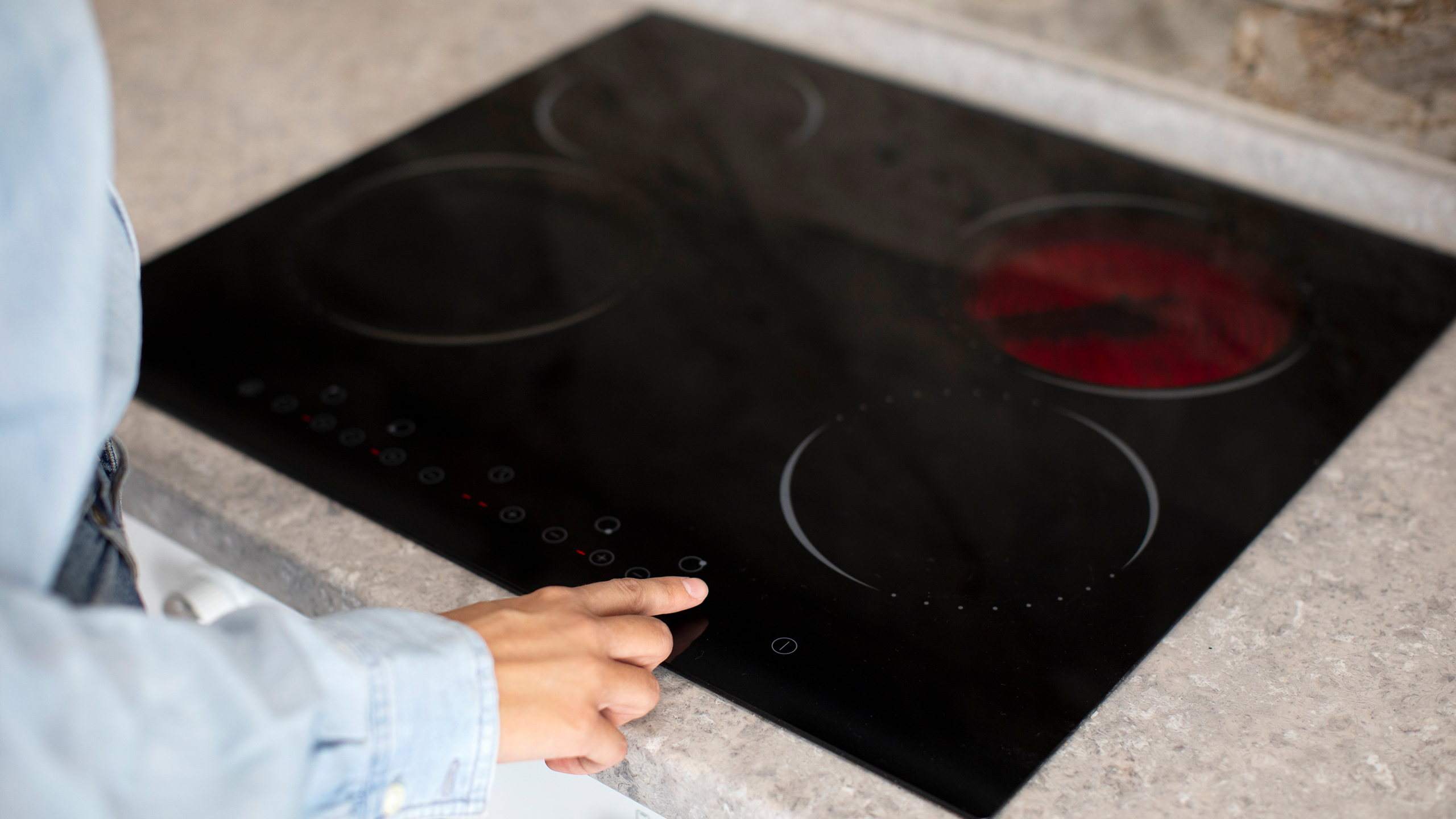
Ceramic Hobs: The Go-To Guide
Ceramic hobs are a stylish and practical choice for modern kitchens, offering a sleek glass surface that heats quickly and cleans with ease. Using radiant heating elements beneath a smooth ceramic glass top, these hobs provide even heat distribution for reliable cooking results. Unlike traditional solid plate hobs, ceramic models deliver faster heating and a contemporary look that suits any kitchen design.
They’ve become popular in today’s homes thanks to their:
- Streamlined appearance that complements modern kitchen décor
- Ease of cleaning thanks to the flat, wipeable surface
- Affordable pricing compared to induction hobs
- Compatibility with all standard cookware, unlike induction hobs
In this guide, you’ll discover everything you need to know about ceramic hobs, including how they work, their pros and cons, tips for choosing the right model, installation advice, and maintenance tips to keep your hob in top condition.
What is a Ceramic Hob?
A ceramic hob is a type of electric hob that uses radiant heating elements positioned beneath a smooth, heat-resistant ceramic glass surface. When turned on, these elements glow red and transfer heat directly through the glass to your cookware, providing consistent and even cooking performance.
Unlike induction hobs, which use electromagnetic fields to heat only the pan, ceramic hobs heat the entire cooking zone. This means they work with any flat-bottomed cookware, including stainless steel, aluminium, and copper pans — no special induction-compatible pots are needed.
Compared to traditional electric solid plate hobs, ceramic hobs offer faster heating times, a modern appearance, and a flat, easy-to-clean surface. The smooth glass top not only looks sleek but also allows you to wipe away spills effortlessly once the hob has cooled down.
How Do Ceramic Hobs Work?
Ceramic hobs use radiant heating technology to cook your food. Beneath the smooth ceramic glass surface, electric heating elements generate intense heat. When activated, these elements glow red, and the heat radiates upwards through the glass, transferring energy directly to the base of your cookware.
This method creates even heat distribution across the cooking zone, allowing for consistent results whether you’re simmering sauces or boiling water. Because the heat is transferred through the glass rather than via direct contact with the element, the surface stays sleek and flat, which is easier to clean than traditional raised electric rings.
Most ceramic hobs come with either:
- Touch controls – modern, flat interfaces that let you adjust temperature and cooking zones with a tap or swipe
- Knob-operated controls – classic dials offering simple, intuitive control for those who prefer a tactile feel
Both control types provide precise power settings to suit different cooking needs, from low heat for melting chocolate to high heat for rapid boiling.
Below is an example showing how the cooking zones on a ceramic hob look when they’re in use versus when they’re switched off. When heated, the zones glow a bright red, clearly indicating that they’re hot. Once turned off and cooled down, the zones blend seamlessly with the dark, smooth glass surface, maintaining the hob’s sleek appearance. Always wait for the residual heat indicators to turn off before touching or cleaning the hob for safety.
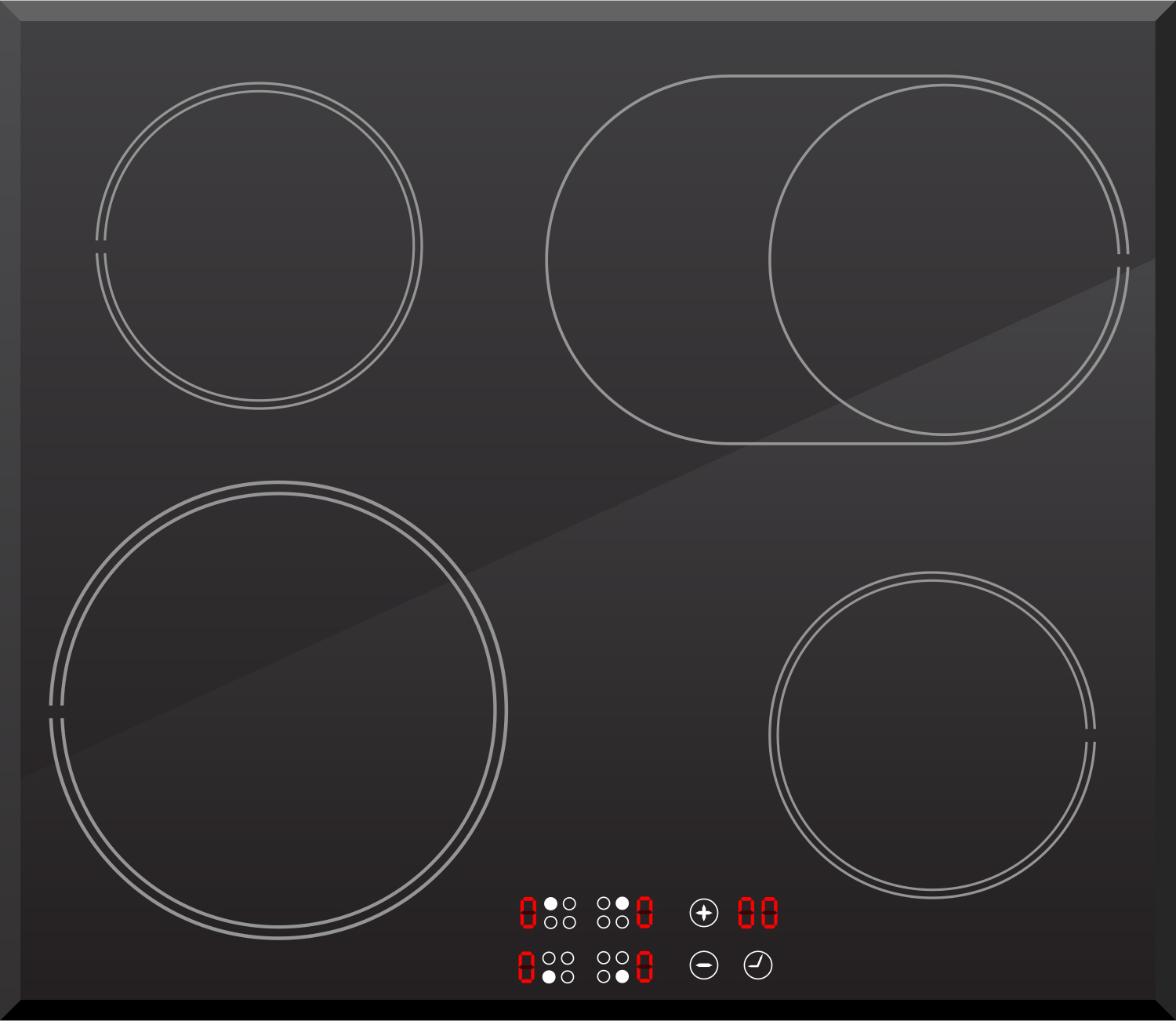
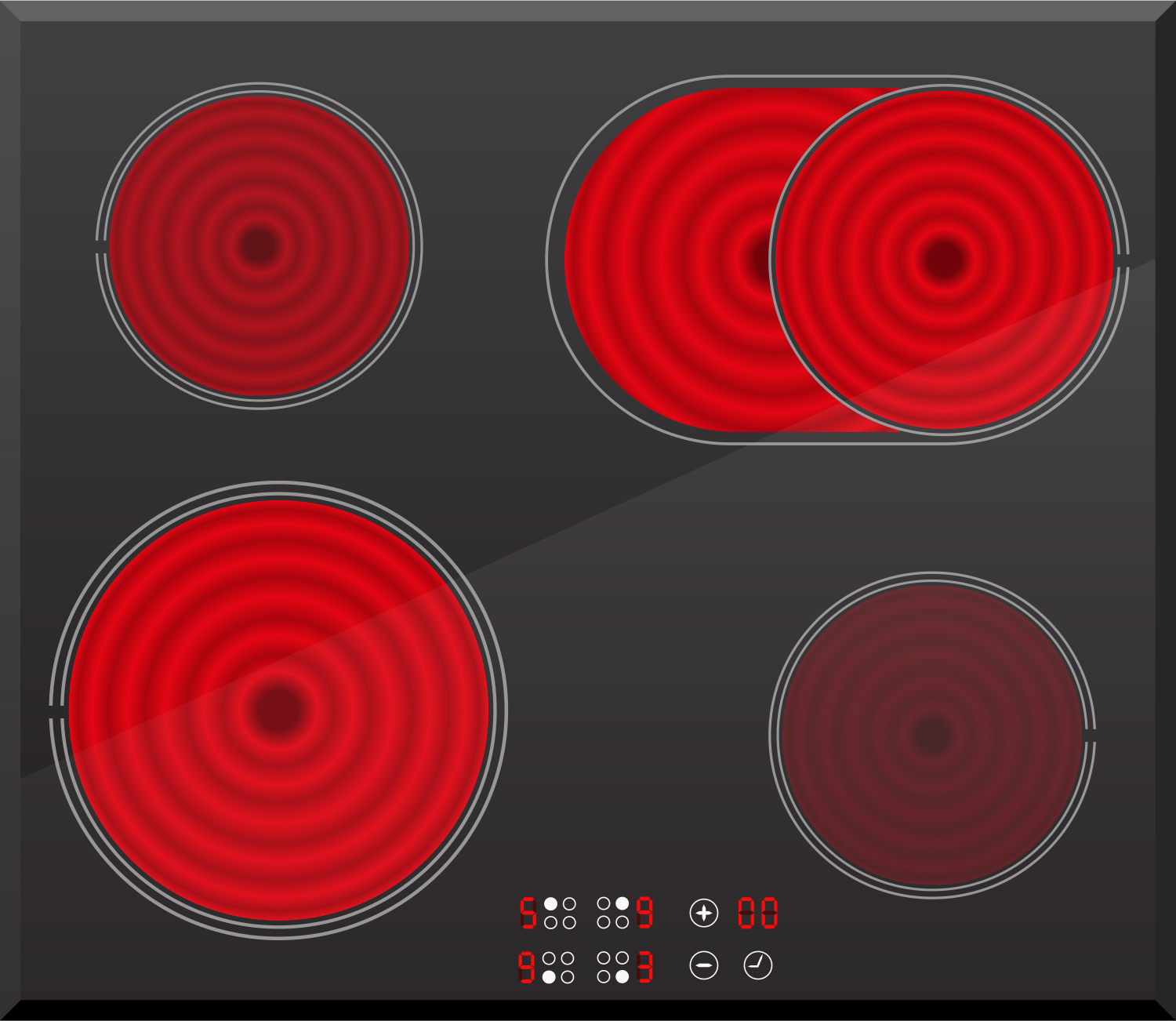
Key Features of Ceramic Hobs
Here’s a quick overview of the standout features you’ll find in many ceramic hobs, making them a practical and stylish addition to any modern kitchen:
| Feature | Description |
|---|---|
| Sleek glass finish | The smooth, glossy ceramic surface offers a modern look and is easy to wipe clean. |
| Residual heat indicators | Lights that stay on until the cooking zone cools down, reducing the risk of burns and letting you use remaining heat. |
| Flexible cooking zones | Higher-end models have zones that expand or change shape to fit larger pots and pans. |
| Timer functions | Programmable timers allow you to set precise cooking times for each zone, preventing overcooking. |

Ceramic Hob vs Induction Hob
Not sure whether to choose a ceramic hob or an induction hob? Here’s a quick comparison to help you decide:
| Feature | Ceramic Hob | Induction Hob |
|---|---|---|
| Performance | Slower heat-up and cool-down; suitable for most everyday cooking. | Instant heat adjustments; excellent precision and responsiveness. |
| Price | Generally cheaper; good option for budget-conscious buyers. | Higher upfront cost; considered a premium choice. |
| Energy efficiency | Less efficient; heats the hob surface as well as the pan. | Highly efficient; heats only the pan, reducing wasted energy. |
| Safety | Surface stays hot after cooking; higher burn risk. | Surface remains cool (except under the pan); safer for families. |
Pros and Cons Comparison
| Pros | Cons | |
|---|---|---|
| Ceramic Hob |
|
|
| Induction Hob |
|
|
Which is Better for You?
Choose a ceramic hob if you want an affordable, easy-to-clean solution that works with all your existing pots and pans, and you don’t mind slightly slower heating.
Opt for an induction hob if you value rapid, precise heat control, energy efficiency, and extra safety features — and you’re happy to invest in compatible cookware.

Choosing the Right Ceramic Hob
When shopping for a ceramic hob, consider these key factors to find the perfect match for your kitchen and cooking style:
- Size and cooking zones – Ceramic hobs typically come with 2, 4, or 5 cooking zones. Choose 2 zones for small kitchens or occasional cooking, 4 zones for standard family use, and 5 zones if you cook large meals or entertain often.
- Power ratings – Look at the wattage of each zone. Higher power ratings allow faster boiling and more efficient cooking. A good ceramic hob will offer a mix of lower-wattage zones for gentle simmering and high-power zones for rapid heat.
- Frameless vs. framed designs – Frameless ceramic hobs feature a smooth, edge-to-edge glass design for a minimalist look and easier cleaning. Framed models have a metal trim around the edges, which can offer extra protection against chipping but may trap dirt.
- Touch vs. rotary controls – Touch controls create a sleek, modern appearance and are easier to wipe clean, while rotary knobs provide a classic, tactile experience that some cooks prefer for adjusting heat levels.
Maintaining and Cleaning a Ceramic Hob
Keeping your ceramic hob clean not only preserves its sleek look but also ensures it continues to perform at its best. Here’s how to care for it:
- Daily wipe-down routine – After the hob has cooled completely, use a soft, damp cloth or sponge with a little washing-up liquid to remove everyday spills. Dry with a microfibre cloth to restore the shine.
- Recommended cleaning products – Use a non-abrasive ceramic hob cleaner or cream specifically designed for glass surfaces. Avoid harsh scouring pads or powders, which can scratch the glass.
- Dealing with stubborn burnt-on food – Apply a small amount of ceramic hob cleaner and let it sit for a few minutes. Gently scrape off residue with a plastic hob scraper held at a 45-degree angle to avoid damaging the surface.
- Tips to avoid scratches and damage – Always lift pans instead of sliding them across the surface, clean up sugary spills immediately (as they can etch the glass), and avoid placing hot lids face down on the hob to prevent heat stress cracks.

Safety Tips for Ceramic Hobs
Using a ceramic hob safely helps protect both your household and the hob itself. Keep these tips in mind:
- Residual heat indicators – Always check the residual heat lights before touching or cleaning the hob. These indicators show when zones are still hot, reducing the risk of accidental burns and reminding you that you can use leftover heat to keep food warm.
- Keeping children safe – Never leave children unattended near a hot hob. Consider installing a hob guard or teaching kids that the hob surface can remain hot even after it’s turned off.
- Avoiding thermal shock – Don’t spill cold liquids (like water or ice) onto a hot ceramic hob, as the sudden temperature change can crack the glass. Always allow the hob to cool before wiping it with a damp cloth.
Frequently Asked Questions
Conclusion
A ceramic hob can be a fantastic addition to your kitchen, offering a modern look, easy cleaning, and versatile cooking for all your favourite dishes. With options to suit every budget and space, it’s no wonder ceramic hobs remain a popular choice for home cooks.
Before you buy, take time to compare features like size, controls, and safety indicators to make sure you choose the hob that best fits your cooking style and kitchen layout.
Ready to find your perfect ceramic hob? Visit our website or visit a Cata retailers showroom to see our products in person. Need help? Contact our team for friendly, expert advice today!
- All Posts
- Cooker Hood Guides & Advice
- Hob Guides & Advice
- Oven Guides & Advice
- Wine Cooler Guides & Advice

Discover what a wine cooler is, how it works, and why it’s essential for wine lovers. Learn to choose the...

Discover everything about ceramic hobs in our go-to guide. Learn how they work, their benefits, and how to care for...
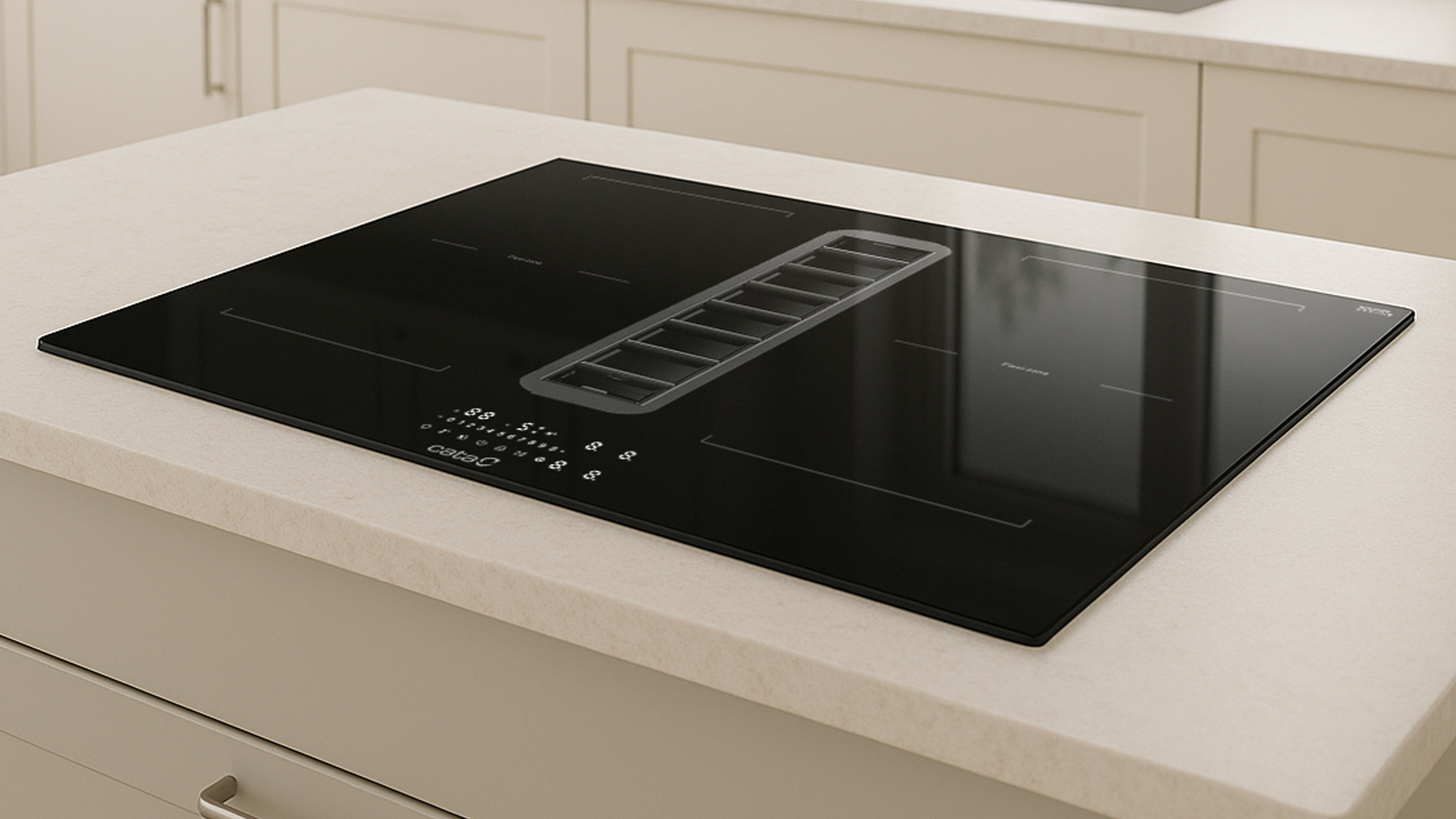
Discover if vented induction hobs are the future of kitchen ventilation. Explore benefits, trends, and expert insights - find out...

Confused about cooker hoods? Discover which type is best for your kitchen with this easy guide. Compare styles, features &...

Learn how to install a built-in oven safely and easily with our expert guide. Step-by-step instructions for a hassle-free kitchen...

Discover how vented induction hobs work, combining sleek cooking with built-in extraction. Learn the benefits, features and if one’s right...
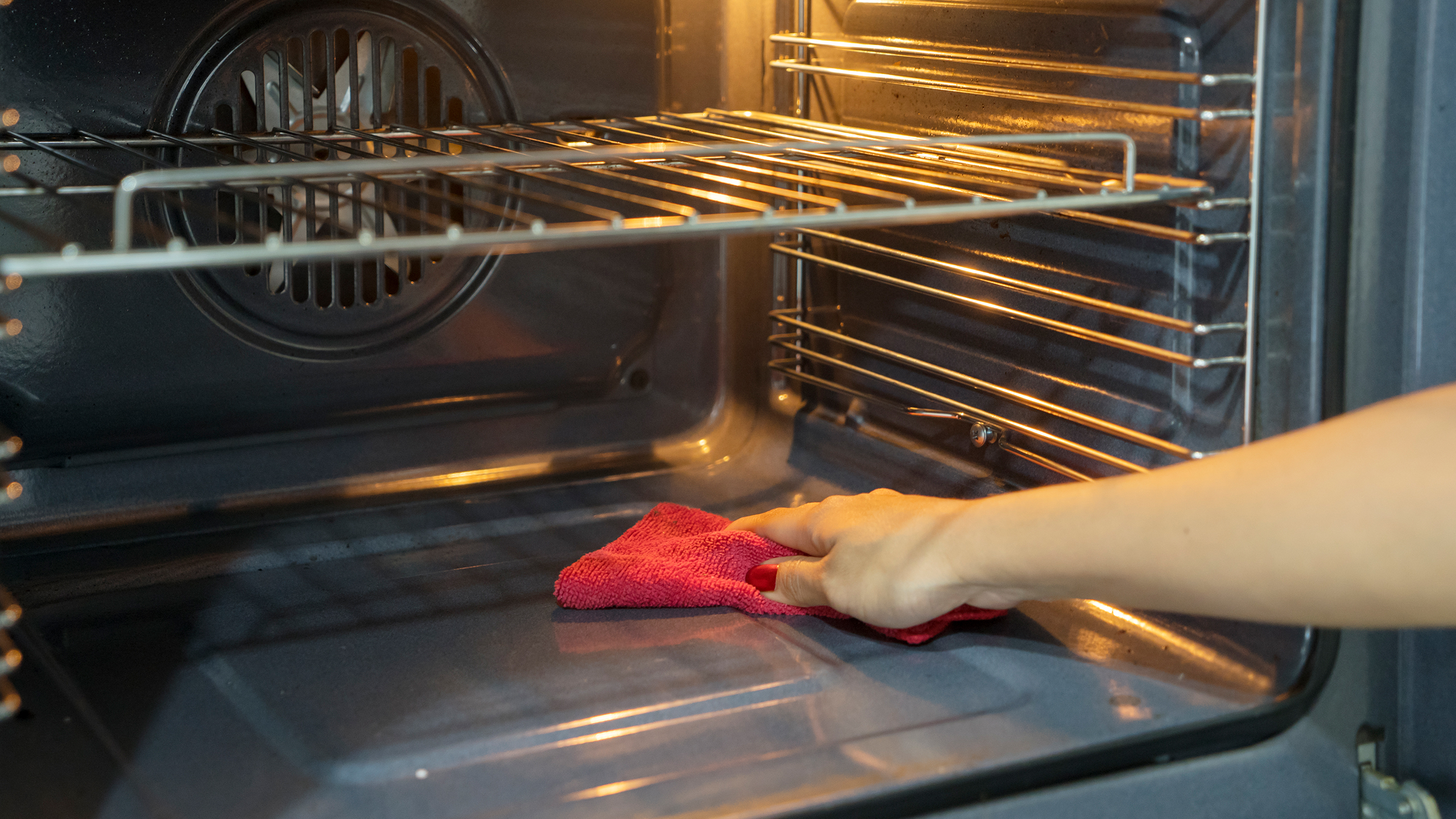
Discover how self-cleaning ovens work, including pyrolytic and catalytic systems. Save time and effort—read our go-to guide before your next...
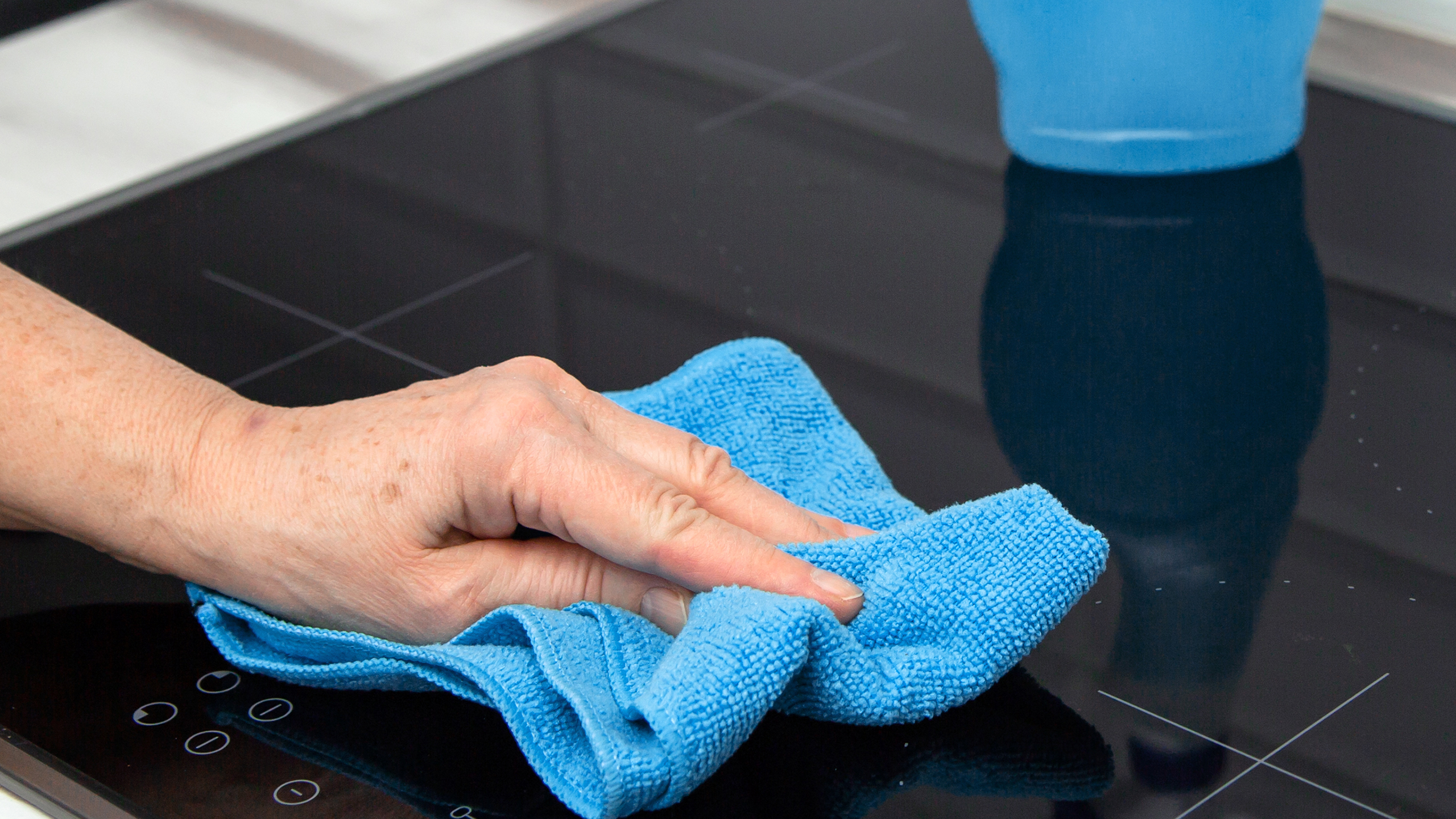
Learn how to clean your induction hob safely and effectively with our quick, step-by-step guide. Keep your kitchen spotless—read now!

Find out which hob type is the cheapest to run. Compare gas, induction and electric to save on your energy...
